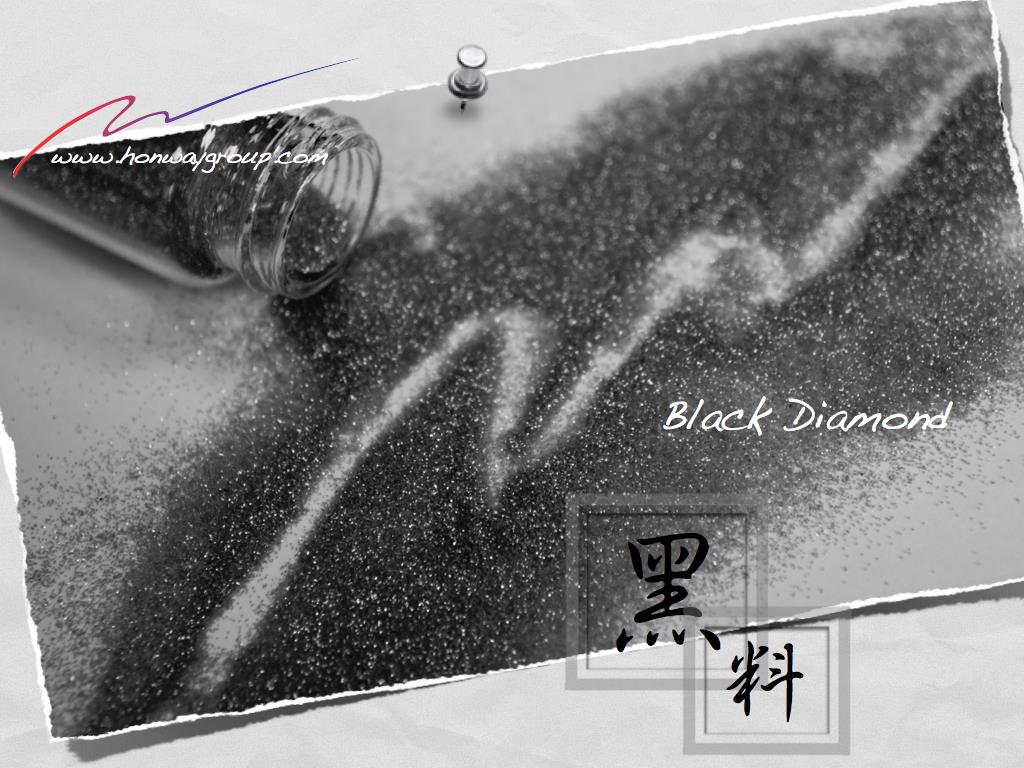1. Material Mixing
The first step is to uniformly mix the bonding agent for the diamond and the main materials of the grinding wheel, such as resin, metal, ceramics, or abrasive particles (diamond or GC). These materials are typically very fine particles, ranging from a few microns to several tens of microns. The smaller the particles or powders, the stronger their adhesive forces to each other. As a result, when different materials are combined, they tend to form clumps, a phenomenon known as “agglomeration.” To prevent “agglomeration” and ensure that the particles are evenly dispersed (referred to as “dispersion”), thorough mixing is a crucial step to stabilize the performance of the grinding wheel. Due to the minute size of the particles, it’s impossible to control the exact placement of each individual grain within the mixture. Nor is it feasible to achieve a regular arrangement of the particles. However, a grinding wheel with a relatively uniform dispersion of structural materials will meet the desired performance and quality set by the designer. So, how do we achieve this dispersion, and to what extent? These are closely guarded techniques of our company, and unfortunately, we cannot disclose them.
2. Shaping (Form Adjustment)
This step involves forming the general shape of the grinding wheel. For grinding wheels made from powder materials, the process typically involves placing the materials into a mold, applying pressure, and allowing them to solidify. The molds used in this process fall within the company’s proprietary know-how, and most are custom-made in-house. For thinner grinding wheels, the powdered materials are sometimes dissolved in a solvent to form a gel-like substance, this gel is spread to the desired thickness and then dried to achieve the target shape. At this stage of the shaping process, the performance and uniformity of the grinding wheel are largely determined.
3. Firing (Sintering and Baking)
The next step is to fire the shaped grinding wheel. But why is firing necessary? While pressing alone can solidify the fine particles and powders with inherent material properties, firing is required to give the grinding wheel the necessary strength. During high-temperature heating, metals undergo alloying and metallic bonding, while resins polymerize due to molecular alignment forces. This process imparts strength that cannot be achieved through simple pressure-based compaction. Our company uses the following equipment for sintering:
● Hot Press Sintering: This process involves heating under atmospheric pressure while applying additional pressure. It’s relatively easy to handle with simpler equipment, but due to issues such as material oxidation, it is primarily used for sintering resin materials.
● Resistance Sintering: Materials are heated by passing an electric current through them, generating heat through Joule heating. This method allows for rapid temperature increases, reaching high temperatures (over 1000°C), and can be performed in a vacuum to control material oxidation. However, this method cannot be used for non-conductive materials.
● Free Sintering Furnace: This method allows pre-pressed grinding wheels to be sintered without applying additional pressure, and is often used when large grinding wheels cannot fit into a vacuum furnace.
● Vacuum Sintering Furnace: This furnace uses a heater to sinter the materials in a vacuum environment, which prevents oxidation of the materials. It can also achieve high temperatures exceeding 1000°C.
● Vacuum Plasma Sintering Furnace: This equipment combines the advantages of both vacuum and resistance sintering. It sinters materials while passing current through them in a vacuum environment, offering excellent results for materials that are difficult to sinter by other means.
4. Final Processing (Final Shaping)
The sintered wheel is still only roughly shaped. It is necessary to grind again according to the required surface.
● If the wheel is attached to a thick grinding wheel or table gold (i.e., the base of the wheel.), it is not possible to use the wheel as an abrasive. If the tires of a car have grinding wheels (equivalent to gears), they can be sharpened with various types of grinders. *The most crucial dimension for the finished product is the central hole, which must align with the rotation axis of the grinding machinery. Achieving the specified size for this central hole is called internal diameter grinding. The process of shaping the wheel’s outer dimensions to meet specifications is called external diameter grinding. For grinding wheels with a backing plate, the thickness of the wheel and surface roughness are adjusted, sometimes with added angles. This process is known as surface grinding.
● Electrical Discharge Machining (EDM): Some grinding wheels with more complex shapes are machined using EDM. This highly precise process is one of the company’s most valuable know-how, possibly unmatched by other competitors. Due to its precision, the machining is done in temperature- and humidity-controlled rooms.
● Lapping: If the grinding wheel does not have a backing plate and is entirely made of abrasive material, the lapping machine is used to finely grind and adjust the thickness with free abrasive particles.
● Assembly: For grinding wheels where only the abrasive layer is sintered separately, the layer is bonded to a metal base plate before sintering. Afterward, the wheels go through washing, drying, and then proceed to the final inspection stage before shipping. Compared to large-scale grinding wheel companies, we use state-of-the-art equipment to produce grinding wheels. In addition, we use the latest equipment for inspection and analysis in order to provide users with high-quality and high-performance products. However, what our company is most proud of is our manufacturing team’s deep expertise in grinding wheel production. This is the key reason why our products stand out from those of other companies.

